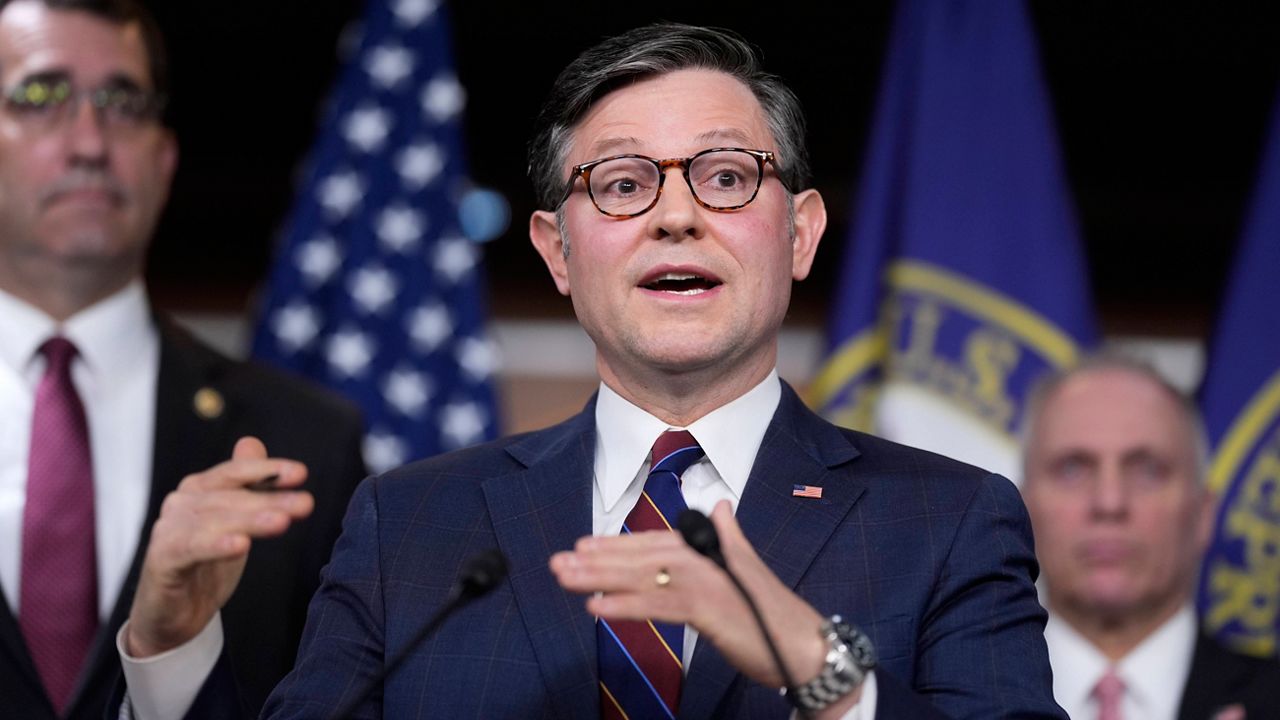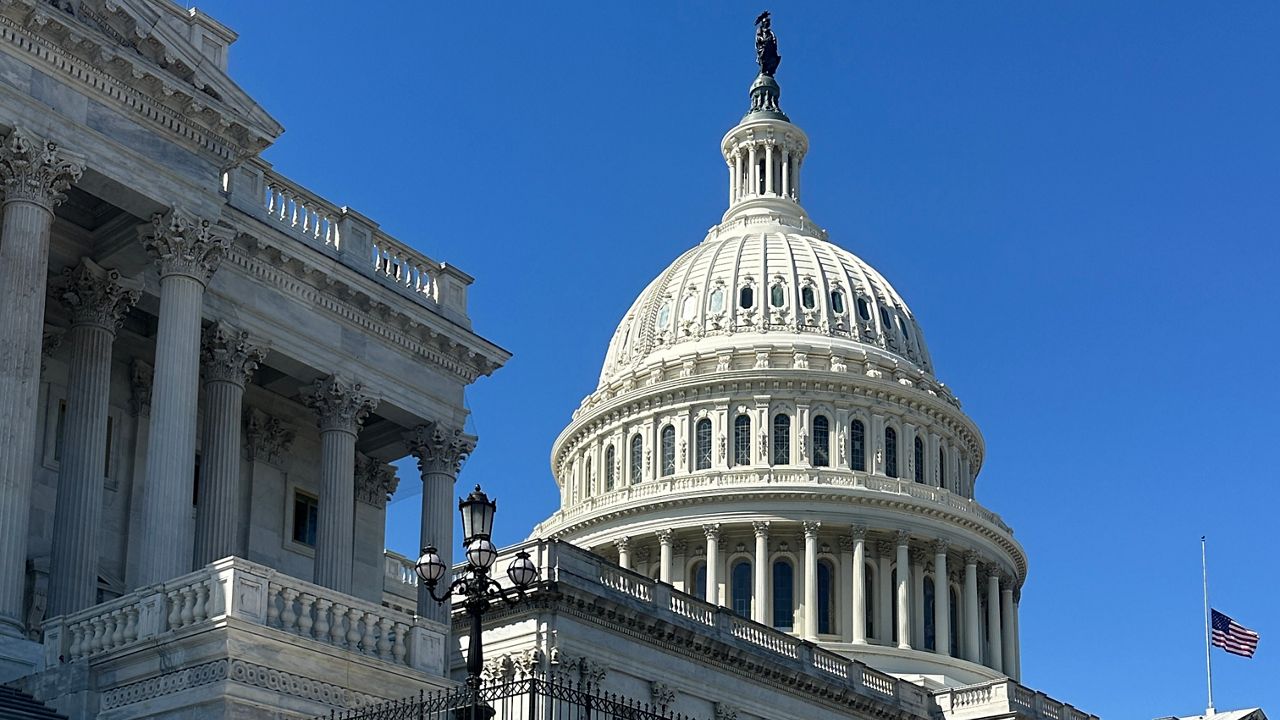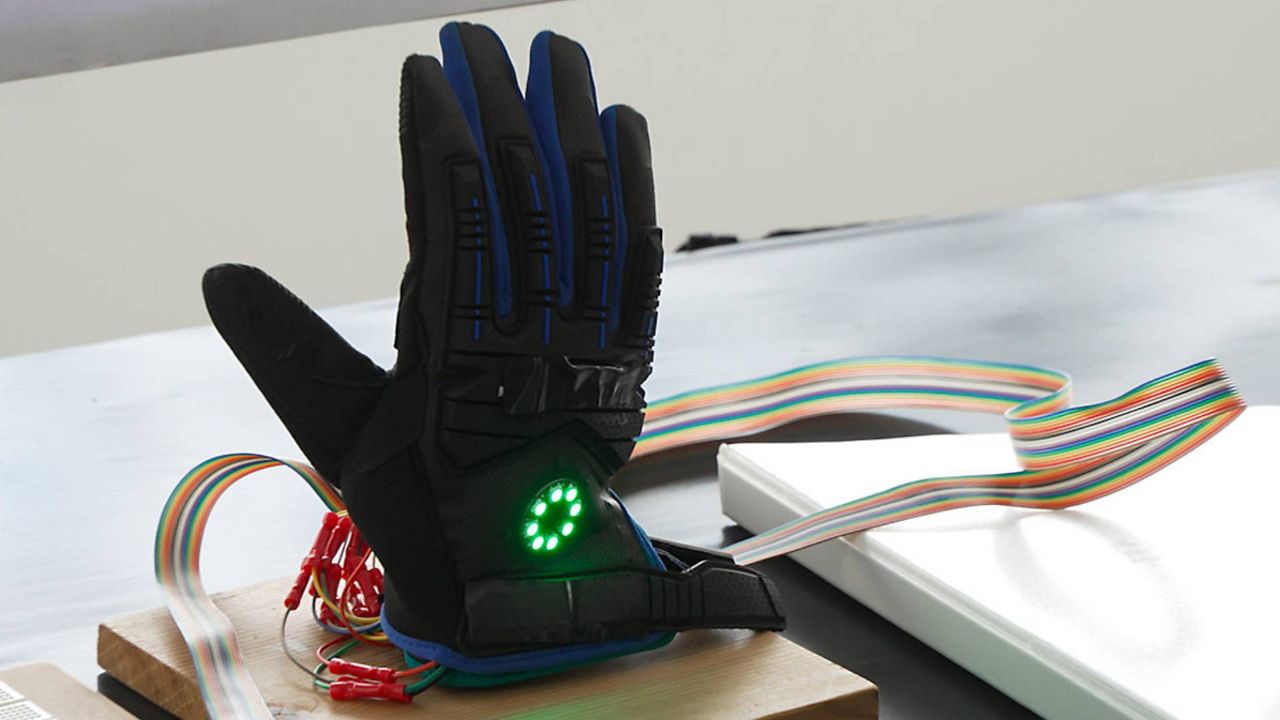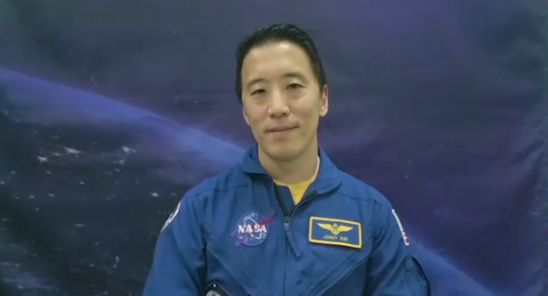WASHINGTON, D.C. — Ahead of Thursday’s expected crew launch to the International Space Station, astronauts from Expedition 69 were in Washington Tuesday to break down some of the hundreds of science experiments they conducted while they were aboard.
“We go there for the sake of science. It’s the greatest and biggest laboratory that is floating around there. And, collectively as an expedition, we worked on more than 200 scientific experiments,” said UAE Astronaut Sultan Alneyadi.
While at the ISS, astronauts do a variety of medical, material and biology experiments.
“We can use the weightless environment to do things we can’t do on Earth,” said NASA Astronaut Woody Hoburg. “An example of that is something called the BioFabrication Facility, where we actually printed the first section of human meniscus, artificial human meniscus that was printed aboard the Space Station. That material would become a puddle if you tried to do it on Earth.”
NASA Astronaut Frank Rubio said, “We played a little bit with some metals, fiber optics, and we’re hoping to be able to to develop essentially new manufacturing techniques that if they work better in space, it’s incredible how if you make fiber optics just a tiny bit better, the speeds that it allows are exponentially faster.”
They’re often instructed on how to conduct the experiments from scientists and researchers on Earth.
“While we’re there, we’re basically just the hands and the eyes. And the expert, the person who really owns that experiment, is talking directly to you and saying, ‘Hey, do it this way’ and, not just telling you how to do it, but sometimes providing tips on how to optimize the science,” said Rubio.
Sometimes, the astronauts become the test subject themselves.
“I give blood samples, give all sorts of samples. I actually ate a modified diet while I was up there, sort of studying how that can change our immune health actually in microgravity,” Hoburg said.
“I was eating a diet that had a lot more fish than normal. It was heavy in lycopene, more fruits and vegetables than kind of the standard diet.”









